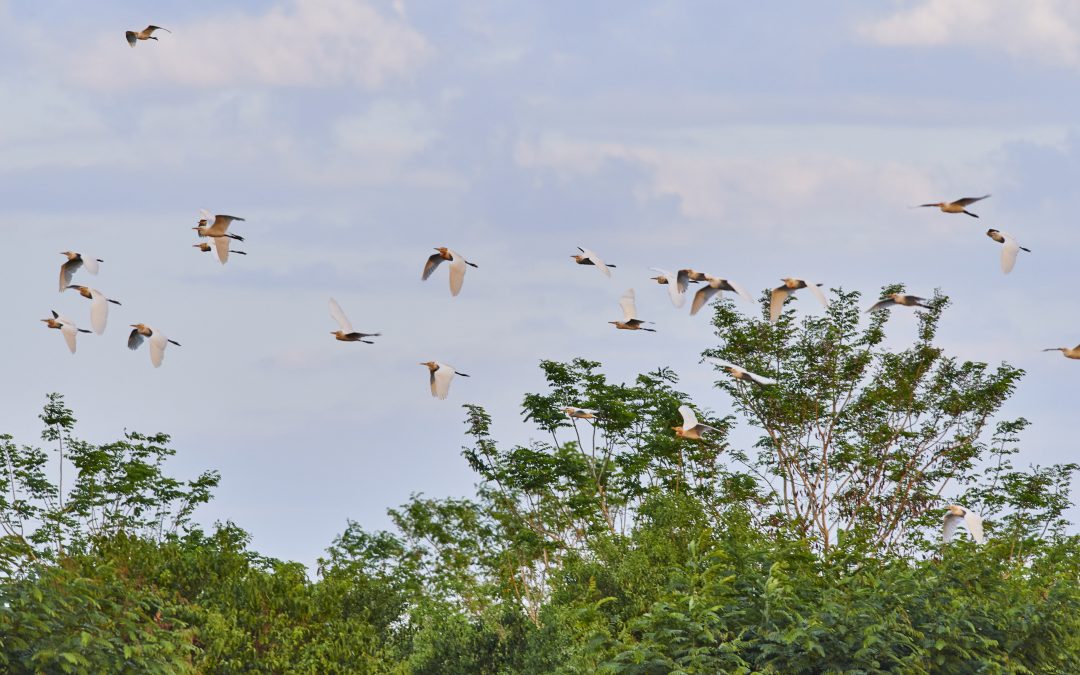JC Sandalwood forests are home to endangered species
The impact investment JC Sandalwood is, among other factors, an investment in biodiversity. This is defined, for example, by the fact that the professional, long-term cultivation and commercialization of Santalum album creates new biotopes.
In northern Australia, huge mixed forests have been growing since the first planting of Santalum album. Sandalwood, as a hemi parasite, requires a variety of so-called host trees to thrive at its best. Different host plants are needed for different growth phases, which provide nutrients for the valuable tree. Thus, in the cultivation of sandalwood, diversified mixed forests – and habitats – are created in a self-evident manner.
In fact, by planting trees on land previously depleted by agriculture, an ecosystem has been created where flora and fauna are thriving. The mixed forests are now home to over 100 species of birds, for many of which it had otherwise become almost impossible to nest in the area. We present three of them here. The (blue-colored) links lead to documents provided by the department of Environment, Parks and Water Security of Northern Territory Government, which give more detailed information on the birds depicted:
The Crested shrike-tit (Falcunculus frontatus whitei) is a distinctive bird. Its prominent black and white head stands out clearly against its yellow plumage and green back. Its habitat ranges from relatively wet, but still highly seasonal areas to semi-arid regions. It is thus found in northwestern and northern Australia. In the Northern Territory, near the sandalwood forests, it is considered near threatended.
 The Gouldian finch (Erythrura gouldiae) is a colorful bird. It belongs to the family of the splendor finches and is at home in Australia. Gouldamadines captivate with their colorful plumage, which comes in a wide variety of color combinations. Because this made them a popular pet, the natural populations have dwindled considerably. The species is now classified as critically endangered.
The Gouldian finch (Erythrura gouldiae) is a colorful bird. It belongs to the family of the splendor finches and is at home in Australia. Gouldamadines captivate with their colorful plumage, which comes in a wide variety of color combinations. Because this made them a popular pet, the natural populations have dwindled considerably. The species is now classified as critically endangered.
The Australian painted-snipe (Rostratula australis) is classified as critically endangered nationwide in Australia. The population has declined drastically in the 20th century and has become very rare throughout its range. The reason for this is, as one consequence, the increasing destruction of the wetlands needed for life, for example by livestock farming.

